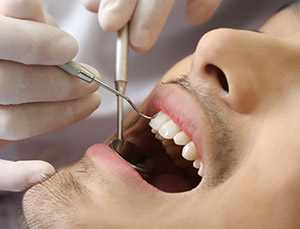 Many low-income adults do not have dental insurance and cannot afford to pay for preventive dental visits. As a result, they are more likely than people with dental insurance to end up in the emergency department (ED) for dental care.
Many low-income adults do not have dental insurance and cannot afford to pay for preventive dental visits. As a result, they are more likely than people with dental insurance to end up in the emergency department (ED) for dental care.
Medicaid is the public health insurance program for low-income Americans. Under the Affordable Care Act (ACA), some states have chosen to expand Medicaid coverage to previously ineligible adults, but the dental coverage varies widely by state. Some states offer only limited dental coverage, and some do not offer dental coverage at all. Harvard researchers conducted a study to determine how Medicaid expansion affected the number of visits to the ED for dental care. The researchers found that in states that provided adult dental coverage in the Medicaid expansion, there were fewer ED visits for dental conditions.
The study included hospital data on non-elderly adults from 33 states who visited the ED for dental care in 2012, before the Medicaid expansion, and in 2014, when the Medicaid expansion went into effect in most states. Thirteen states expanded Medicaid with adult dental benefits, and 11 states did not expand or provide dental coverage. The remaining nine states either expanded adult dental benefits or offered dental coverage but did not expand it.
There were more than 375,000 ED visits related to dental care during the study period. States that expanded Medicaid with dental coverage experienced a 14% decrease in dental ED visits. The states that did not expand dental coverage under Medicaid had an increase of up to 28% in ED utilization for dental care. The results of this study suggest that the combination of Medicaid expansion with dental coverage in Medicaid can reduce the number of low-income adults who visit the ED for dental care.
Page updated January 14, 2022

